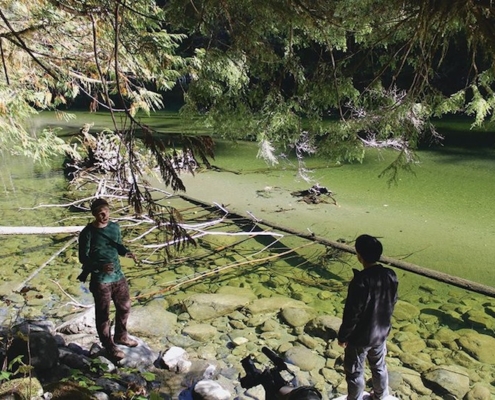
Ground zero for Walbran
WildCoast Magazine on the endangered Central Walbran Valley:
"What we’re looking at across this wide valley is a messy forest – the indication it is old-growth. In the valley bottom is Castle Grove, one of the finest remaining examples of ancient red cedar stands. It and the surrounding old growth on the lower slopes make up one of the largest intact chunks of endangered, unharvested forest remaining on Vancouver Island.
It’s a rare view. On Vancouver Island south of Barkley Sound, about 90 percent of the original forest has been logged, along with about 95 percent of the lowland old growth.
'What we’re really down to is the last remnants of the classic giants and it’s the best of the classic giants because it’s literally in the Carmanah-Walbran-San Juan-Gordon River, these four southern valleys where you get the very best growing conditions in the entire country. If you go north it gets colder, as you go east it gets drier,' says Ken Wu, a campaigner for the Ancient Forest Alliance."

Islands in the Sky: Chopping Ancient Walbran Valley Forest Spells Extinction for Treetop Species
Check out the new Desmog Article on the endangered Central Walbran Valley: “By taking these trees down or by causing disruption you are committing species to go extinct… . Who would feel good about species going extinct just because we have mismanaged a resource? That’s the bottom line.”
The province has granted Surrey-based Teal Jones Group a permit for a 3.2-hectare cutblock east of Carmanah Walbran Park.
The cutblock is in the 500-hectare Central Walbran where, unlike the valley further south which is tattered with cutblocks, there is contiguous old-growth.
“It’s where our forests reach their most magnificent proportions,” said Ken Wu of the Ancient Forest Alliance.
"These are the classic giants. The biggest and the best — and some of the largest remaining tracts and finest old growth western red cedars are in areas such as Castle Grove, together with old-growth dependent species such as the Queen Charlotte goshawk and marbled murrelet,” Wu said, emphasizing the importance of these areas for tourism as well as biodiversity.

Conservation groups plan a provincial fund to buy new parks
Island Tides, a great newspaper serving the Gulf Islands, has printed the full article on the 16 conservation and recreation groups in BC calling on the BC government to establish a $40 million/year land acquisition fund to purchase and protected endangered ecosystems on private lands. Places like McLaughlin Ridge in Port Alberni's drinking watershed, Horne Mountain above Cathedral Grove, the Cameron Valley Firebreak (similar to a 2nd Cathedral Grove but unprotected), the Koksilah, Muir Creek, Stillwater Bluffs, the Day Road Forest...and hundreds of other endangered areas on private lands could benefit from such a fund.
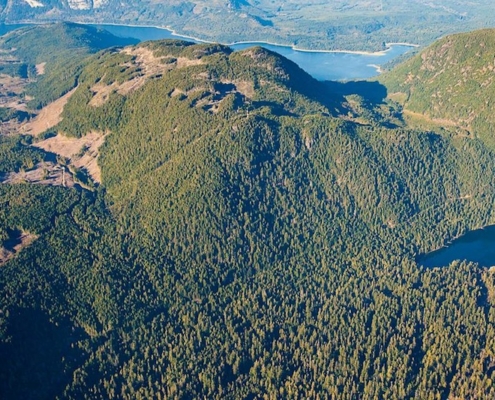
Push for provincial land-acquisition fund gathers steam
"A plan to establish an annual $40-million provincial fund to purchase private land now has 16 conservation and recreation groups behind it.
Wu said that the push to preserve more land takes in a variety of needs, including protecting watersheds that supply drinking water and helping tourism by keeping natural areas intact. He said he expects tourism businesses to start getting behind the fund.
The call for a provincial fund has picked up momentum with a report from the University of Victoria’s Environmental Law Centre that included a 'menu' of funding options used by governments across North America.
...one measure that has worked well in other places is using unredeemed deposits from beverage containers. Dubbed 'pops for parks,' it is estimated that the strategy could generate $10 million to $15 million a year.
“If you don’t return [the containers], then that money, in places like New York state and a lot of jurisdictions in the U.S., is used by the government to expand their protected-area system....'”
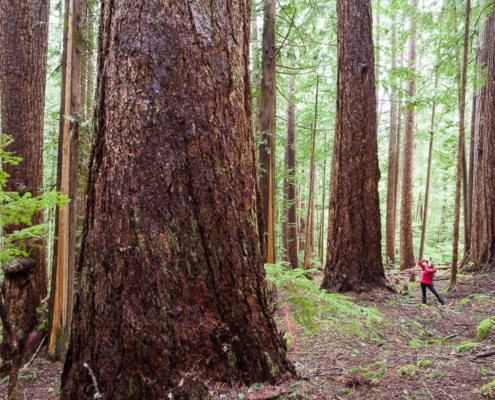
Support Grows Among Major Conservation Groups for a Provincial Fund to Buy New Parks
Momentum is growing as 16 major BC conservation and recreational groups have now signed onto the call for the BC government to establish a dedicated provincial fund that can be used to purchase and protect endangered private lands of high environmental and recreational significance.
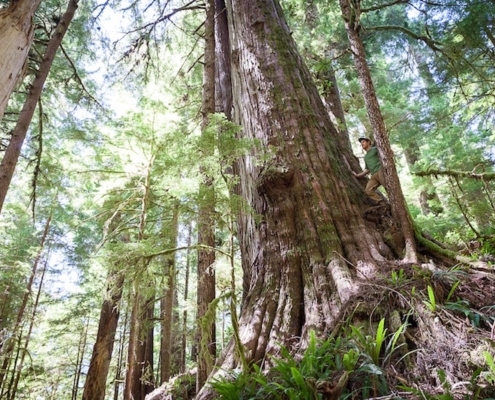
‘The Ecology and Status of the Central Walbran Ancient Forest’ by the AFA’s Ken Wu and TJ Watt
When: Thursday, Jan. 14, 2016, 7:00 pm
Where: The HUB, 2375 Koksilah Road, Cowichan Station (south of Duncan)
Learn about the old-growth forest ecology, wildlife, relevant policies, and conservation status of the Central Walbran Valley's old-growth forests in the context of southern Vancouver Island. Discussion to follow.
Find out what you can do to help protect the area's ecology and to ensure sustainable second-growth forestry jobs
Free. Donations appreciated to cover hall rental.
Questions: cvns@naturecowichan.net
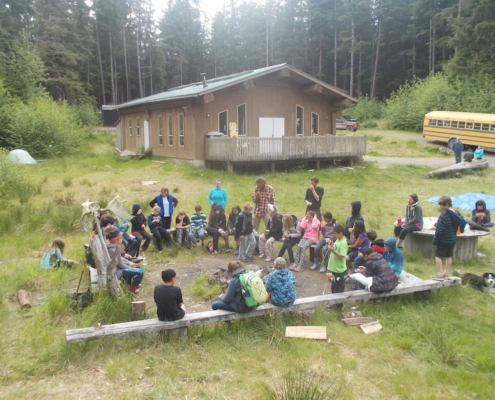
Children’s Educational Forest on Haida Gwaii (Queen Charlotte Islands) Threatened by TimberWest Forest Corp’s Logging Plans
Here is a media release and action alert from the Mount Moresby Adventure Camp on Haida Gwaii, where a forest that is central as a learning centre for the children and youth of Haida Gwaii is threatened by planned logging by TimberWest (whose managing agent for their Forestry Licence there is Teal-Jones).

Old Growth Walbran – Shaw TV Victoria
Check out the news report by Shaw TV on the endangered Central Walbran Valley! TJ Watt and Ken Wu from the Ancient Forest Alliance talk about their goal of legislation to protect all of BC's endangered old-growth forests and to ensure a sustainable second-growth forest industry, and Dan Hager of the Port Renfrew Chamber of Commerce talks about the local business community's interest in seeing the Central Walbran protected for tourism.
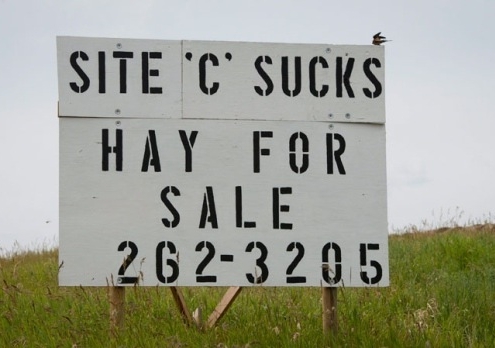
BC Hydro orders protestors off land near Site C dam
Treaty 8 First Nations protest against the Site C dam in northeastern BC: "Local people are trying to protect the land - significant because it contains swaths of old-growth boreal forest - until court proceedings run their full course, Hofmann said."

Walbran Valley logging buffer-zone injunction extended
Unfortunately the court injunction has been extended in the Walbran Valley - see this article from the Vancouver Sun.
